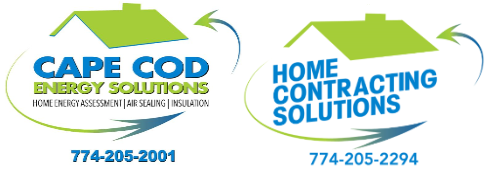Understanding potential dangers in your home or business are vital to keeping everyone inside safe. Some risks, like a robbery or a fire, are more obvious. Others, like carbon monoxide, are hard to identify and easy to overlook. Use this carbon monoxide FAQ to educate yourself, your family, and your coworkers on the potential risks of carbon monoxide.
What is Carbon Monoxide?
Carbon monoxide is a type of gas that you can’t see, smell, or taste.
Where is Carbon Monoxide Found?
Carbon monoxide is put out anytime a fuel source is burned. It comes out of your car exhaust when the car is running. Inside the home, carbon monoxide can come from the fireplace, furnace, and stove. Outdoor objects like a grill, lantern, and generators all produce carbon monoxide too. In general, if it burns fuel to work, it produces carbon monoxide.
Symptoms of Carbon Monoxide Poisoning
Carbon monoxide poisoning can occur when you unknowingly inhale carbon monoxide in the home. Warning signs of carbon monoxide poisoning include:
- Headache
- Dizzy spells
- Upset stomach
- Vomiting
- Weakness
- Chest pain
- Confusion
When carbon monoxide poisoning first starts with a lower amount of carbon monoxide present, the symptoms are typically minor and commonly overlooked. As the carbon monoxide poisoning gets worse, so will the symptoms. Most patients diagnosed with carbon monoxide poisoning describe it as a sudden onset of flu-like symptoms.
How is Carbon Monoxide Poisoning Treated?
If you believe you’re experiencing carbon monoxide poisoning, vacate the home and visit urgent care or the emergency room immediately. Over 4,000 Americans are admitted for inpatient treatment of carbon monoxide poisoning each year. Mild symptoms will typically be treated with oxygen medications to manage your symptoms. Once you’re away from the source of the carbon monoxide poisoning, your body can begin to heal.
How Can I Protect My Home Against Carbon Monoxide?
The best thing you can do to protect your home from carbon monoxide is to install a carbon monoxide detector. Many fire detectors are even able to double as carbon monoxide detectors. This will alert you anytime carbon monoxide is detected inside the home.
Schedule yearly maintenance for your furnace, stove, and any appliances that could create a carbon monoxide issue. If you have reason to believe there’s carbon monoxide in your home, get out right away and contact the fire department. Carbon monoxide can cause you to go unconscious; in more than 400 cases each year, it causes death.
Our team can assess your home to identify high-risk appliances and create a safety plan for your family. Your local fire department can also assist in installing carbon monoxide detectors if you’re struggling to afford them yourself.



